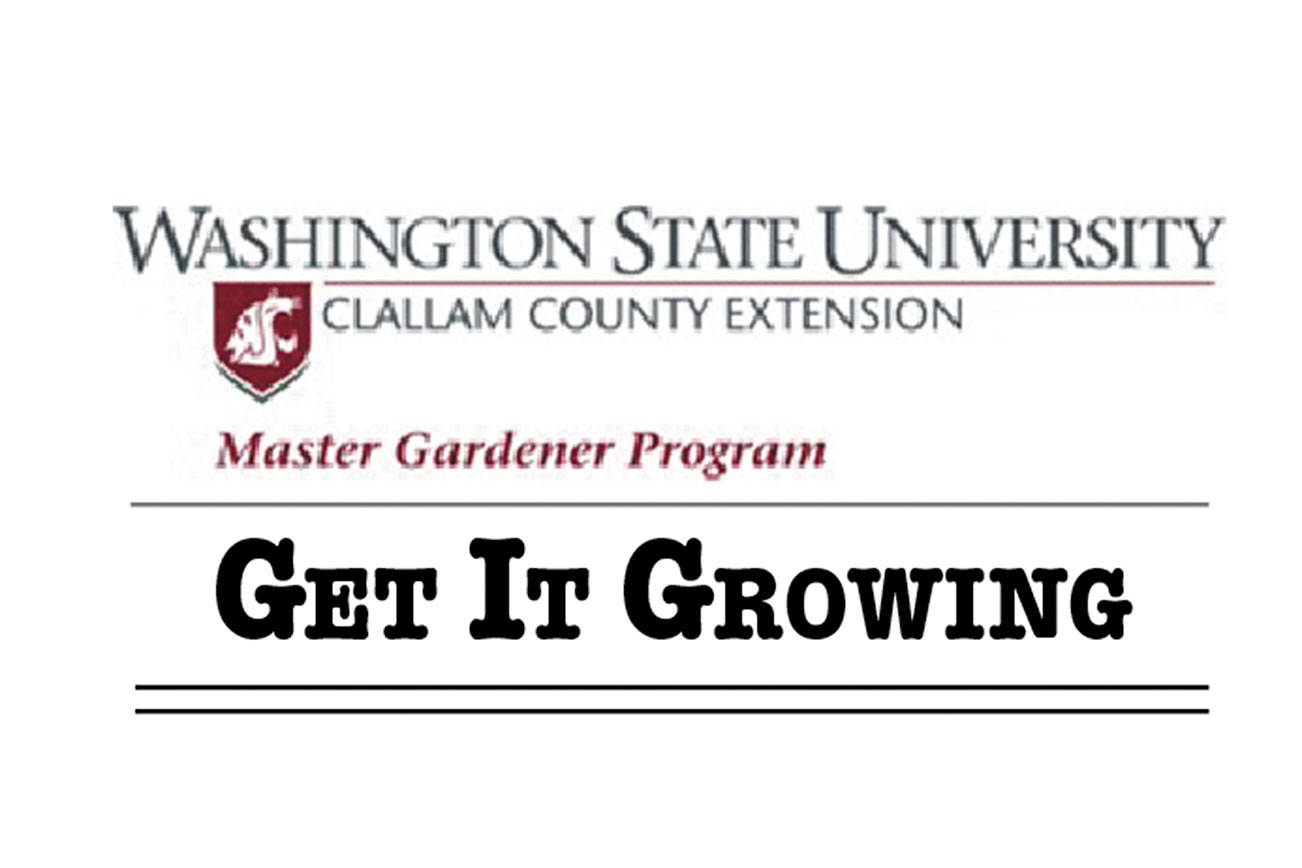Got the itch to start gardening, but find that outdoor conditions are still too cold or wet to dig in the dirt? Consider starting vegetable seeds indoors to satisfy that craving and get a jump on the growing season.
Timing is everything. You want the starts to be ready to go in the ground as soon as the weather permits; but you don’t want the starts to outgrow their containers or become spindly or stressed due to indoor conditions.
To determine when to plant vegetable seeds indoors, first determine when you can transplant the starts into the garden. Can the vegetable go into the garden when it is still a little cold outside such as spinach, lettuce or broccoli? Or does it need to wait until temperatures are consistently warm as is the case for squash, pumpkins and tomatoes.
Mark those dates on your calendar. Then figure out how long it takes each vegetable to sprout and grow to a transplantable size. From the time seeds are planted, lettuce takes about 2-3 weeks to get to transplantable size; cabbage, broccoli and cauliflower take 4-5 weeks; tomatoes take 5-7 weeks; and peppers take 7-8 weeks.
Using that amount of time, count back from the date you can put the plants into the garden. That date is the date you should plant the seeds indoors. On the North Olympic Peninsula, now is the time to start most vegetables.
To prevent damping off (a fungal disease that causes seeds to rot before sprouting and newly emerged plants to wither and die) plant seeds in sterile, well-drained potting soil. Do not use soil from the garden unless it has been sterilized. Use containers with drainage holes and disinfect them with 70 percent rubbing alcohol or a mixture of one-part bleach to four parts water.
Fill each container with soil up to one-quarter inch from (or even level with) the top of the container so that air will flow over the soil. Good air flow will decrease the humidity above the seedlings.
Plant the seeds at the recommended depth. Keep the soil moist but not saturated with water; do not allow the containers to stand in water. Place the newly planted seeds in a warm location (65-75 degrees).
Good light is needed once the seeds sprout, otherwise the plants will get spindly reaching for better light and not transplant well.
Because windowsill light usually is not sufficient, set up artificial lights such as inexpensive shop lights for greatest success. Suspend the lights just an inch or two over the tops of the plants, raising the height of the lights as your plants grow.
Starts should be transplanted into the garden when weather conditions are right for the plant and the root mass is solid. Do not wait until the roots become pot bound or start growing out of the drainage holes.
Plants started indoors will be a bit tender and need to be “hardened off,” a process of gradually introducing the seedlings to outdoor conditions.
About a week before the plants are to go in the garden, move the plants outside to a shaded spot that is protected from the wind for a few hours. Then move them back indoors. Each day increase the plants’ exposure to sun and wind. After a week, leave the plants outside overnight. After a night out, they are ready for transplanting into the garden.
Some vegetables are better for starting indoors than others. Lettuce, beets, broccoli, cabbage, cauliflower, eggplant, leeks, onions, parsley, peppers and tomatoes generally transplant well.
But gardeners start many other vegetables indoors as well. So why not give it a try?
Jeanette Stehr-Green is a WSU-certified Clallam County Master Gardener.


